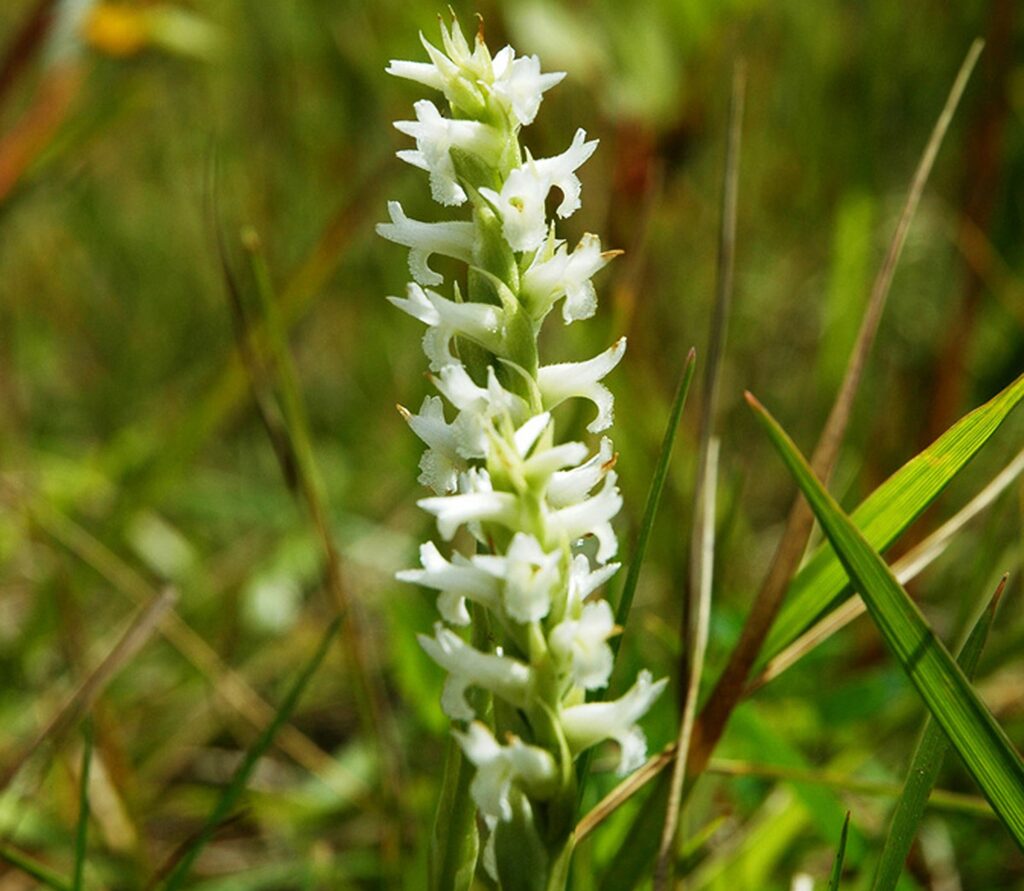Perspective: Endangered species fraud

The Gazette
By Rob Gordon and David Kreutzer
The declaration of a successful recovery of an endangered species and the call for its removal from the List of Endangered and Threatened Species should be the occasion for a celebration. On Jan. 6, right before the Trump administration took over, the U.S. Fish and Wildlife Service (USFWS) proposed just that for a western orchid called the Ute ladies’-tresses. They have solicited comments.
OK, USFWS, you asked for it, so here goes:
This is no occasion for celebration. Rather, it is the time for revealing the deceit and obfuscation that permeates so much of the Endangered Species Act program.
Make no mistake, the Ute ladies’-tresses should be delisted, immediately, but only because it should never have been on the list in the first place, not for the fundamentally dishonest claim that the plant “recovered.” Instead of an Endangered Species Act success story, this plant is an object lesson in how the act is abused to thwart development, expropriate property and to undermine economic growth, rather than recover endangered species.
In 1990, the USFWS proposed adding Spiranthes diluvialis — the Ute ladies’-tresses (a “common name” the USFWS made up) to the list as a ‘threatened’ species. The USFWS stated there were “fewer than 3,000 individual plants” and only seven “small populations” found in just Colorado and Utah and, historically, Nevada. Commenters on the proposal questioned “whether there are sufficient data and evidence to support listing.” Unswayed, USFWS listed the plant in 1992, mentioning there were now known to be “fewer than 6,000 individuals in 10 known populations.” Portending future revelations, before recovery actions, it was double the number previously claimed.
Then came a never-to-be-finalized 1995 recovery plan that sought protection from virtually anything humans might do and had been done since “Europeans” settled in the orchid’s possible habitat or near it.
In a bit of irony, the draft plan notes that a “large population” of the flower “recently developed in an abandoned gravel pit.” Others would be found along railroad tracks and in roadside irrigation ditches. These plants clearly were not as finicky as USFWS would have one believe. Indeed, by the time the draft plan was written, the estimated number of plants had risen to 20,500 and its occurrences to 12 now including plants in Montana and Wyoming. USFWS admits that these and future reported “increases” in the plant’s range, number of locations where individuals occurred, and number of plants were not due to real increases but, rather, to more accurate data.
By 1996, it was clear the original listing was a mistake. USFWS was petitioned in May of that year to delist the plant because its “threatened” designation was erroneous — there were more of them and they could be found in many more states. This was the time for a celebration; “Hooray, there are way more than we said; they aren’t threatened.” Instead, USFWS engaged in Olympic-level foot-dragging.
Required by law to respond in 90 days, USFWS did not respond for more than eight years. When it did in 2004, USFWS acknowledged it estimated there were over 60,000 thousand orchids including plants in yet even more states — Idaho, Nebraska and Washington. The next year another study reported over 83,000 plants. After that, USFWS quit estimating but acknowledged the plant inhabited at least eight states and had over 60 occurrences (the definition of an “occurrence” was changed, obscuring even greater growth from the original 7 “small populations”).



